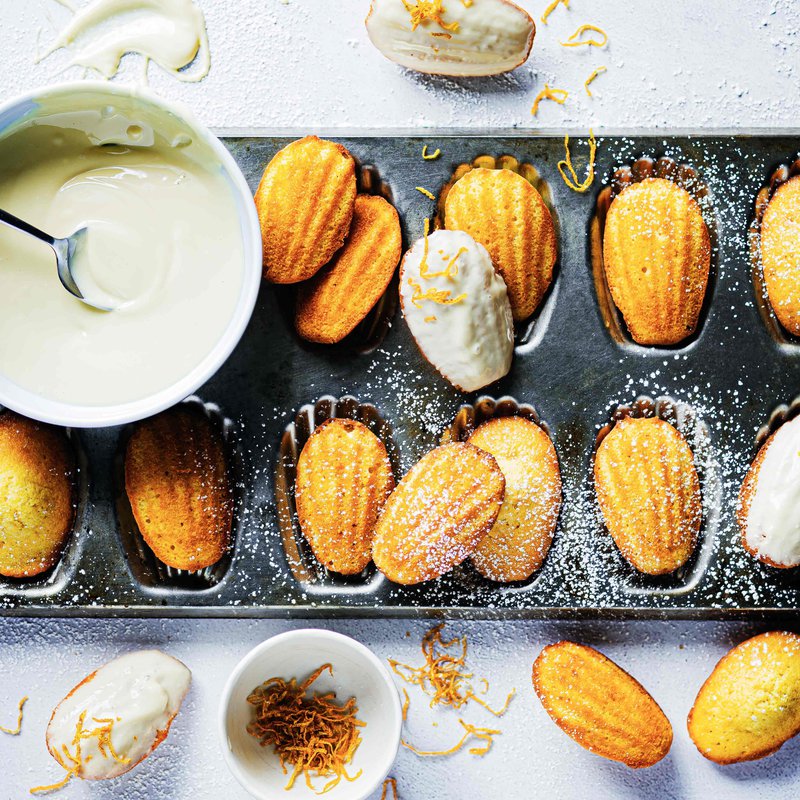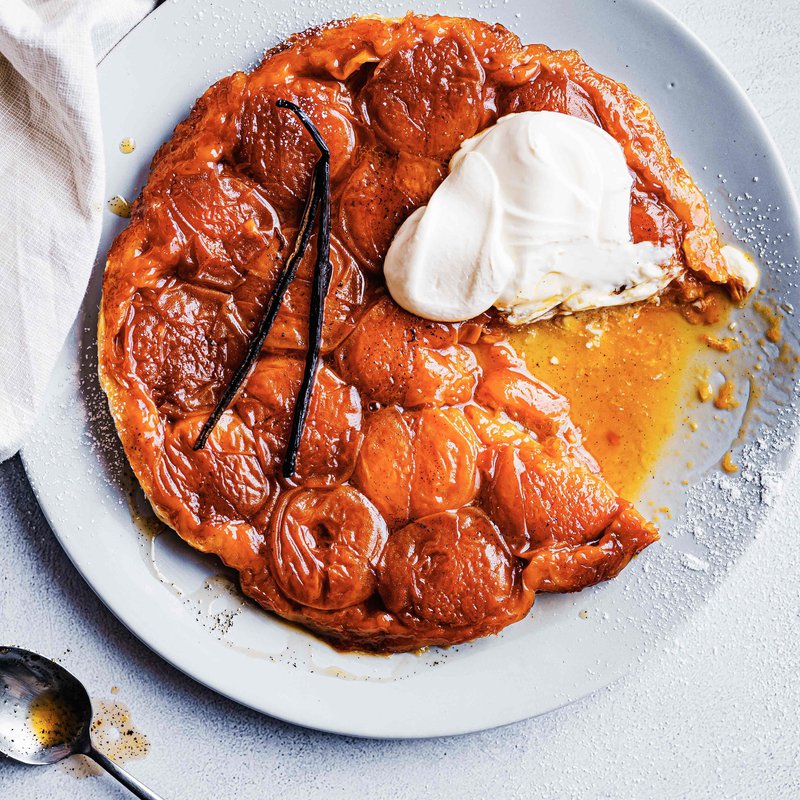We’re celebrating International Women’s Day by shining the spotlight on these iconic women who left indelible marks on their fields and even had desserts created in their honour
Madeleine Paulmier
Known for its shell-like shape, the madeleine has many stories associated with its creation. According to the most popular story, France’s Louis XV was so enthralled by the little cakes created by Madeleine Paulmier, a cook in his father-in-law’s kitchen, that he named them after her. Meanwhile, his wife introduced them to the court in Versailles. It didn’t take long for the delightful confection to gain popularity across France.
Stephanie Tatin
The tarte tatin was created by accident in France. Stephanie Tatin, who was the owner of a small hotel, left the filling for an apple pie on the stove for too long during a particularly busy day in the kitchen. Upon smelling the burning apple and sugar mixture, she hastily covered the pan with a layer of pastry and popped it into an oven to finish cooking. Stephanie took a chance and served the upside-down tarte to her guests and the rest is history.
Grand Duchess Maria
Marie, the name of the popular tea-time biscuit, was inspired by Russia’s Grand Duchess Maria. She was also the daughter of Czar Alexander II of Russia and wife of Alfred, the second son of Queen Victoria and the Duke of Edinburgh. The original biscuit was created for their wedding at an English bakery that made a small round cookie stamped with the duchess’ name in 1874.
Queen Victoria
The Victoria Sponge was named after Queen Victoria, who was believed to have indulged in a slice of this layered cake along with her daily afternoon tea. Memoirs reveal that Queen Victoria, who reigned for just over 63 years, had a sweet tooth and the royal kitchens were often busy catering to her dessert desires. This cake is occasionally referred to as the Victoria Sandwich since there is a layer of filling between the two sponge cakes.
Dame Nellie Melba
The peach melba, made up of layers of raspberry sauce, vanilla ice cream, peaches and almonds was created by none other than famous French chef Auguste Escoffier in honour of the renowned Australian soprano, Dame Nellie Melba, after her incredible performance in Wagner’s opera Lohengrin at Covent Garden in 1892. Born Nellie Mitchell, her pseudonym Melba was inspired by Melbourne, her hometown.
Maria Smith
Maria Smith, also known as ‘Granny Smith’ as she got older, was an orchardist in Sydney, Australia. The legend goes that she bought a case of French crab apples from Tasmania one day and discarded some of the rotten apples near a creek that ran through her property. Much to her surprise, a tree began to grow at that spot and eventually began to bear fruit. She realised that a new variety of apple was growing, which was confirmed by another orchardist, Edwin Small. Maris never got to see the success of these apples as she passed away two years after the discovery, but her memory lives on in every Granny Smith Apple.
Anna Pavlova
Russian ballerina Anna Pavlova was one of the most famous and talented dancers of her time. Becoming a prima ballerina in 1906, she toured the world, enthralling crowds with her technique and personality. It was therefore no wonder that chefs all over the world were keen to create dishes in her name. Australia and New Zealand have argued over the origins of this particular dessert since the 1920s. Australians believe it was invented at a hotel in Perth and named after Pavlova when one diner declared it to be ‘light as Pavlova’. Kiwis claim that a chef at a hotel in Wellington created the billowy dessert in her honour, having been inspired by her tutu.






